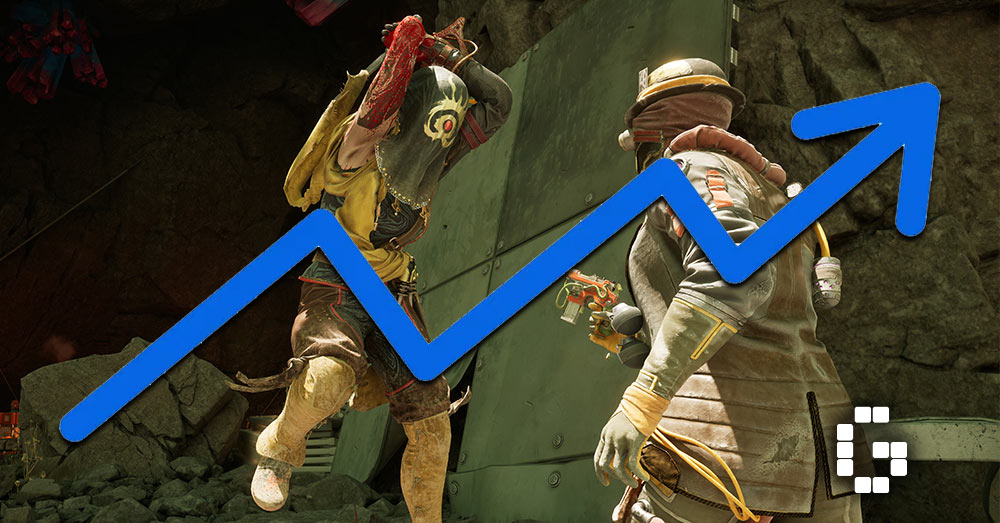
Imagine stepping into a cinema where each ticket costs $70. Most people would likely walk away, regardless of the film’s quality. This scenario mirrors the current state of the gaming industry, where high prices are increasingly alienating players. As industry leaders debate whether to raise game prices to offset rising development costs, many gamers are being priced out of their beloved pastime.
A former PlayStation executive recently sparked controversy by suggesting that game prices should rise to reflect increased production expenses. While this perspective aligns with traditional business logic—higher costs necessitate higher prices—it overlooks a critical reality: we are amidst a cost-of-living crisis. With soaring energy bills, grocery prices, and stagnant wages, asking consumers to pay more for entertainment seems not only insensitive but also economically imprudent.
The Current Price Problem
Today, most new releases from major publishers are priced between $60 and $70, a range that has remained relatively stable for two decades. This pricing strategy is primarily employed by industry giants like Sony, Microsoft, EA, and Activision, while indie developers typically offer more affordable alternatives.
However, there are indications that prices may climb even higher. In July, Microsoft announced that “Outer Worlds 2” would initially be priced at $80, only to retract the decision after backlash. Similarly, Nintendo’s pricing of “Mario Kart World” at $79.99 has fueled concerns that other publishers might follow suit.
The cost of producing blockbuster games has skyrocketed, with some titles now requiring over $200 million to develop, compared to $10 million in earlier console generations. As a result, companies must sell significantly more copies just to break even.
“In my world, console gaming, a AAA game is easily triple-digit millions of dollars, 100 million, 150 million, 200 million,” explained Shawn Layden, former PlayStation Worldwide Studios chairman. “When I began in this business back in the PlayStation 1 era, you could make a really big game for 4,5,6,7 million dollars.”
This financial reality renders games inaccessible to many working-class players. When basic necessities become a struggle, spending $70 on a single game is untenable, regardless of desire. This isn’t merely about individual hardship; it concerns the future of gaming itself. By pricing out entire economic classes, the industry risks losing the diverse perspectives and creativity that come from a broad player base.
Why Cheaper Games Could Work Better
What if the solution lies not in raising prices, but in lowering them? This isn’t mere wishful thinking—there’s a compelling logic behind it. Lower prices could lead to increased sales volume, as seen in other industries like books, movies, and music.
Consider a game that costs $200 million to produce and sells for $60. The company needs to sell approximately 3.3 million copies to cover costs. However, if the game were priced at $40, it might attract twice as many buyers. In this scenario, selling 6 to 7 million copies at $40 could generate more revenue than 3 to 4 million sales at $60.
Lower prices also reduce risk for consumers, encouraging them to explore new games and studios. This could level the playing field for smaller developers and foster greater creativity in game design.
Entertainment products have “elastic demand”—lower prices can dramatically increase demand. A $30 game might sell three times as many copies as a $70 game, leading to higher total revenue.
Shorter, Smarter Development
Part of the solution may involve rethinking game development itself. Instead of focusing solely on massive, $200 million blockbusters, companies could create shorter games with lower production costs. These could be sold at reduced prices while maintaining healthy profit margins.
Players don’t necessarily require hyper-realistic graphics to enjoy a game. Titles with simpler graphics and smaller budgets have proven to be just as engaging and enjoyable. This demonstrates that reducing development costs doesn’t have to compromise quality or player satisfaction.
The current pricing model is already showing cracks. Many gamers now wait for sales rather than purchasing at launch, or they turn to subscription services and free-to-play games. This behavior indicates that demand exists, but not at current price points.
The Global Market Reality
Gaming is a global industry, but $70 represents vastly different purchasing power across countries. In many regions, a single game costs the equivalent of several days’ wages. Lower prices could unlock new markets that are currently inaccessible.
Even in wealthier nations, economic inequality is shrinking gaming’s traditional audience. Young people, students, and working families—historically core demographics—are increasingly unable to afford new games at launch prices.
The solution isn’t a uniform low price for every game. Different types of games could have varied price points based on scope, development costs, and target audiences. The key is ensuring accessibility across economic circumstances.
Perhaps big blockbuster games could justify higher prices, while smaller or experimental titles cost less. Regional pricing adjustments could reflect local economic conditions. The important shift is moving away from the one-size-fits-all approach that’s excluding millions of potential players.
Budget Management and Digital Distribution
Beyond rethinking game length and scope, publishers need to manage budgets more effectively. Not every game requires cutting-edge graphics or massive production values to succeed.
The smartphone industry offers a useful comparison. As manufacturers produce phones in higher volumes, prices for non-flagship models have decreased over time. Gaming should follow a similar pattern, especially with digital distribution. Platforms like Steam, PlayStation Store, or Xbox Store eliminate manufacturing, physical production, and shipping costs.
Digital distribution has removed significant expenses from the equation, yet game prices haven’t reflected these savings. Publishers can afford to sell more copies at lower prices because each additional sale incurs minimal extra cost.
With better budget control, realistic expectations about graphics, and the cost advantages of digital distribution, the industry has a clear path forward. Publishers don’t need to spend $200 million on every game, nor charge $70 to remain profitable.
A Better Path Forward
The former PlayStation executive is correct that the current system has issues. Rising development costs necessitate sustainable business models. However, the solution doesn’t have to involve asking players to pay more for less.
Instead of raising prices and hoping fewer people will pay more, the industry could make games cheaper and invite more people to participate. This approach could create a virtuous cycle: more players mean more sales, more sales mean more revenue, and more revenue can fund better and more diverse games.
Evidence suggests this isn’t just the more ethical approach—it might be the smarter business strategy. In a world with endless entertainment options and mounting economic pressures, making games more affordable could be key to long-term industry growth. Gaming has always prided itself on inclusivity. Now it’s time to ensure that everyone can afford to participate.







